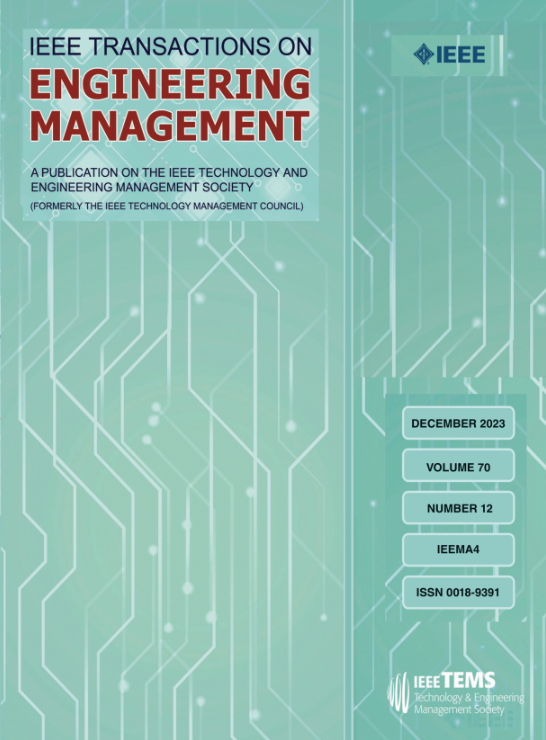人工智能创新中基于平台的企业驱动四重螺旋模型:来自中国 iFLYTEK 的证据
IF 4.6
3区 管理学
Q1 BUSINESS
引用次数: 0
摘要
围绕人工智能(AI)转型的大肆宣传往往是对用于开发大数据的尖端技术的赞美,然而更好的技术并不等于更好的转型。本文通过对中国安徽省合肥市人工智能产业的先驱企业 iFLYTEK 的深入案例研究,探讨这家平台型企业如何通过调整四重螺旋模式来促进人工智能创新。文章发现,大学螺旋已从技术支持转变为生态系统参与。政府螺旋的角色从资源提供者和解决方案购买者转变为资源协调者和解决方案核心管理者。产业螺旋从造福个体创业者的模式升级为赋能整个产业的模式。用户螺旋从创新反馈过渡到创新投入,关注人工智能解决方案中各层次用户之间的相互依存关系。本文揭示了四重螺旋模型在人工智能创新背景下的重要性,不同螺旋通过新兴角色作为一个整体密切协作,使人工智能的社会技术意义趋于一致。本文还通过引入平台型企业作为融合人工智能创新要素和不同螺旋角色的驱动力,对现有的螺旋模型做出了贡献。本文章由计算机程序翻译,如有差异,请以英文原文为准。
Platform-Based Firm-Driven Quadruple Helix Model in Artificial Intelligence Innovations: Evidence From iFLYTEK in China
The fanfare surrounding artificial intelligence (AI) transformation often hails the sophisticated technology used to develop Big Data, yet better technology does not equal better transformation. In this article, we draw on an in-depth case study of iFLYTEK, a pioneer in the AI industry of Hefei, Anhui province in China, investigating how the platform-based firm fosters AI innovations by aligning the quadruple helix model. The article finds that the university helix has changed from technology support to ecosystem participation. The role of the government helix has shifted from being the resources supplier and solutions buyer to resources coordinator and solutions coregulator. The industry helix has been upgraded from the mode of benefiting individual entrepreneurs to the mode of empowering the whole industry. The user helix transitioned from the innovation feedback to the innovation input by focusing on interdependence among tiers of user in AI solutions. This article unravels the importance of the quadruple helix model in the context of AI innovations, where the sociotechnical meaning of AI converges as different helices closely collaborate as a whole through emerging roles. It also contributes to the existing helix model by introducing the platform-based firm as the driver that blends elements of AI innovations and the roles of different helices.
求助全文
通过发布文献求助,成功后即可免费获取论文全文。
去求助
来源期刊

IEEE Transactions on Engineering Management
管理科学-工程:工业
CiteScore
10.30
自引率
19.00%
发文量
604
审稿时长
5.3 months
期刊介绍:
Management of technical functions such as research, development, and engineering in industry, government, university, and other settings. Emphasis is on studies carried on within an organization to help in decision making or policy formation for RD&E.
 求助内容:
求助内容: 应助结果提醒方式:
应助结果提醒方式:


